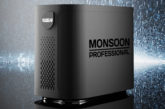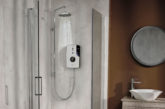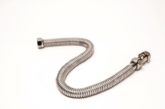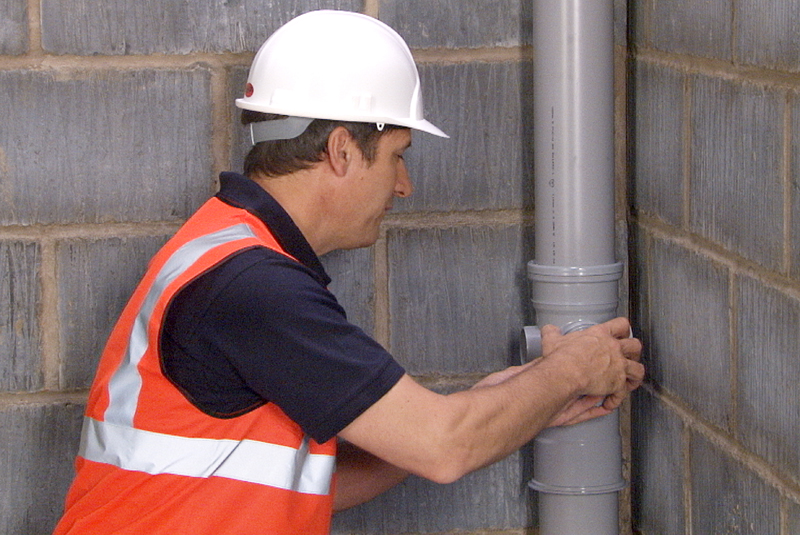
In the second of our series from Wavin, the focus is on noisy pipework in homes and other buildings.
Noisy pipes are a common, yet invisible, nuisance to installers and homeowners alike. Indeed, a recent report from the NHBC Foundation found that 15% of all noise complaints from homeowners in detached properties were for this very reason. Typically, the cause of this troublesome issue is the lack of allowance for thermal movement. Tim Wootton, Technical Services Manager at Wavin, shares his advice on how to combat this issue.
Silencing loud pipework is not an easy feat – and as you’re probably (all too acutely) aware, homeowners often find themselves at the receiving end of this unseen public nuisance. Structure borne sound, which transmits from the shock or impact zone over the whole pipe, is particularly loud and distressing, leading to regular call backs for plumbers.
Silent operation is key in not just residential properties, but also schools, universities, offices and other public spaces, making the need for solutions to prevent noisy pipes significant. Multiple storey buildings, such as apartments, hospitals or shopping malls, require even greater noise insulation.
Tackling the issue
The problem of unwanted noise in soil stacks can be addressed in a number of ways, the most obvious being good design of the pipe network. As noise is often a direct result of water impact against the pipe wall, ensuring that the network of pipes is designed well can minimise sound to a great extent. This can be done, for instance, by trying to avoid offsets in the wet portion of the stack and, where possible, making sure that there are few or no sharp changes in the direction of the water flow.
Using a reliable solution
That said, if you are looking to further reduce sound in pipework, then a specialist pipe fitting such as Wavin’s Osma Acoustic Coupler 4S125 can be the answer.
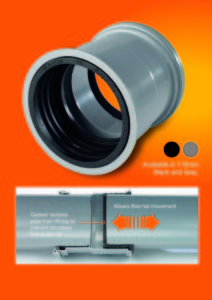 The Osma Acoustic Coupler 4S125 has been designed specifically to absorb structure borne sounds that can be caused by thermal movement, as well as contact between the stack and the structure of the building.
The Osma Acoustic Coupler 4S125 has been designed specifically to absorb structure borne sounds that can be caused by thermal movement, as well as contact between the stack and the structure of the building.
Featuring the manufacturer’s Captive Ring-Seal at one end and its Deep Expandable Rubber Gasket at the other, the coupler can expand and contract as required. This allows movement within the body of the fitting up to 18mm, releasing stress on the pipework and minimising sound. The gasket in the Acoustic Coupler is designed to work just like bellows, allowing the pipe to move in and out of the fitting. As the pipe expands and contracts with temperature changes, it accommodates thermal movement. The product can be installed horizontally or vertically. In either case, the flow should be from the ring-seal side first, moving through the acoustic gasket.
Installing the fitting on every storey of a building helps limit noise transfer between separating floors and walls. When installed with an access pipe fitting, installers can also check the necessary expansion gap is present after first fix completion.




